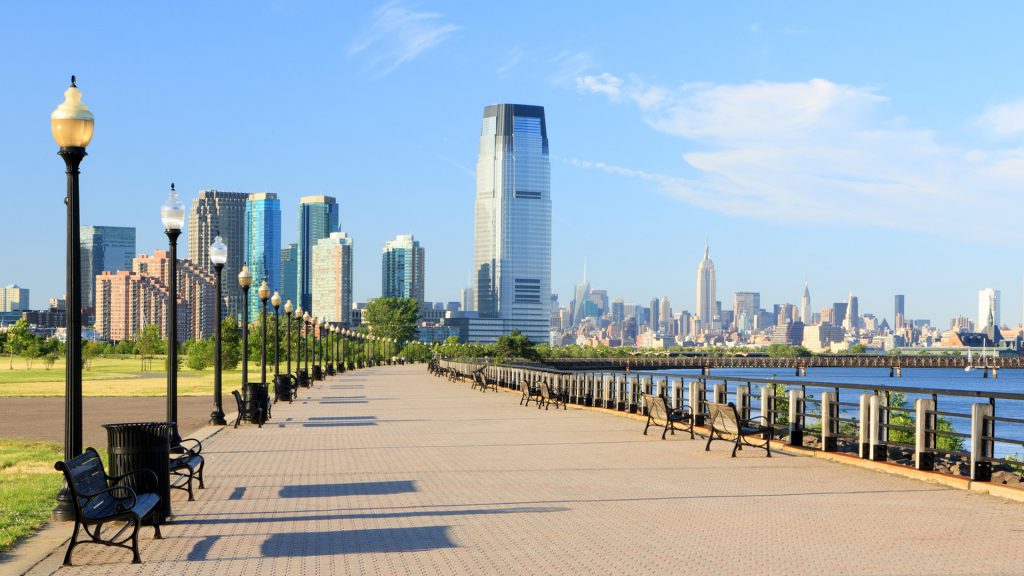In the world of energy, climate and national politics, the Green New Deal is the foundation stone for other similarly single-minded policies designed to appeal to a narrow subset of anti-energy activists.
It sparked New York’s Climate Leadership and Community Protection Act as well as New Jersey’s latest Energy Master Plan, both of which don’t take into account real solutions that would achieve environmental progress and meet the energy needs of families and businesses who need it now.
Many of these proposals have been suggested by policymakers who live in states with the largest income disparities, highest tax rates, and highest energy costs.
Many of these massive legislative proposals envision remaking the U.S. economy and workforce to eliminate economic inequality and all carbon emissions in America. To achieve this, these proposals all call for a 100-percent ban on fossil fuels.
In essence, from the device you’re reading this on to the vehicle you rode in today and almost everything in between, nothing would be built with or powered by coal, oil or natural gas. And that would change everything in America.
Soon after the Green New Deal was filed, Sen. Ed Markey and Rep. Alexandria Ocasio-Cortez made modifications to soften its target on fossil fuels. Politico, the Congressional go-to news site aptly pointed out, “the move will frustrate environmentalists, but it’s seen as a way to keep a ‘big tent’ together by not spurning labor unions and communities that currently depend on fossil fuel jobs.”
It’s a classic political calculation – make a small change to bring a little support back in. But it demonstrates exactly why our conversation about our energy and environmental future needs everyone involved, and not just a small demographic.
Yet there is one more big factor that the politicians are ignoring – the reality of how we power our world now and how we will in the future.
If fossil fuels are outlawed, that means there will be a much, much higher reliance on renewable energy from solar and wind, which are not reliable and steady sources of energy but instead are intermittent. So we will still need a steady source of baseload power like natural gas for the days where wind and solar are sidelined by the weather.
Try informing nearly three-quarters of America that natural gas, an extremely abundant, affordable and clean fuel, will no longer be available to help heat or cool their homes or moderate their electric bill. Or even cook on their stove.
It’s unfortunate that in just a few years our policies have shifted from an inclusive mix of energy sources to picking winners and losers, again. We should know by now that anytime we manipulate or change a level playing field, someone is going to lose. In this case, it will be consumers.
Wind and solar only make up a small percentage of our energy in America and growing that percentage is an important goal, but getting even if 100% renewable energy is possible, it may not be all that affordable. It’s also a good reminder when it comes to energy, a ban is not a plan but rather a recipe for drastically higher costs.
For far too long, we’ve been told to choose between a strong economy and protecting the environment. That is a false choice, and one we must unanimously reject. We deserve better, and we must continue to develop our energy resources responsibly—all of them. It’s called balance. And just like a good financial portfolio, energy diversity is key.
So, here’s an idea for our policymakers: Instead of extreme energy policy that alienates our communities and creates a tyranny of the minority to pleases the vocal few, why don’t we aim for a unified Red, White & Blue one that keeps balance at its core?
Authored by CEA Mid-Atlantic Director Mike Butler
